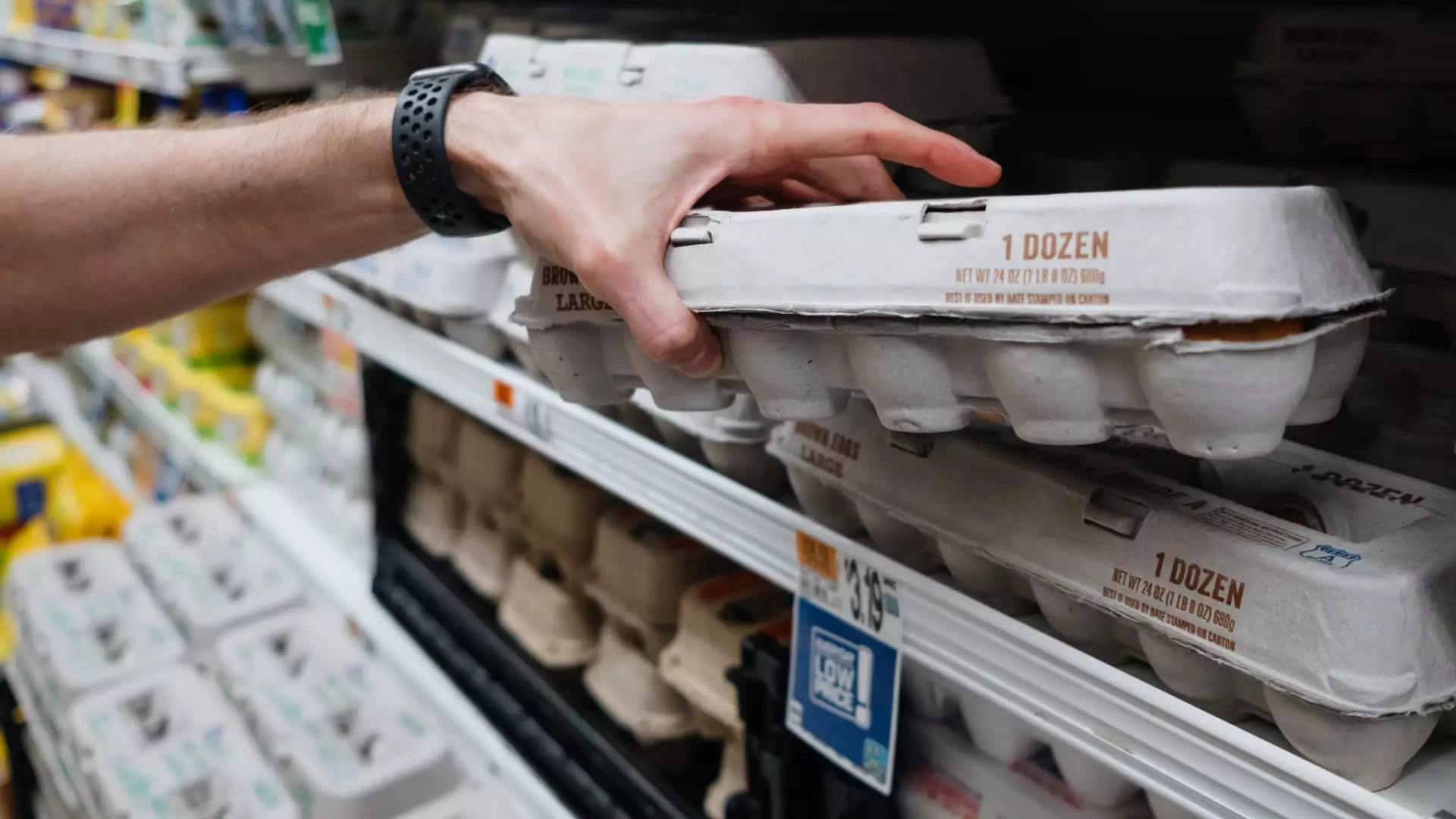Inflation has been a major talking point in the U.S. economy, especially since the onset of the pandemic. In August 2023, we witnessed a notable easing of inflationary pressures, indicating a shift in economic dynamics. This article delves into the most recent data on inflation, its implications, and the future economic landscape as interpreted by experts.
Decline in Inflation Rates: A Breather for Consumers
The U.S. Department of Labor reported a consumer price index (CPI) increase of just 2.5% in August compared to the same period last year, a decrease from 2.9% in July. This development represents the lowest inflation figures we’ve seen since February 2021. Economist Sarah House of Wells Fargo observed that inflationary pressures are “dissipating,” signaling a positive trend for consumers who have felt the burden of rising prices for an extended period.
However, it is important to contextualize this data. While the overall numbers are promising, there remain sectors that exhibit persistent price pressures, particularly in housing. Despite a general decline in inflation, the broader implications for the economy deserve closer examination.
While the overall inflation rates are falling, the housing sector still shows troubling signs. Economists suggest that housing is a major player in the inflation narrative. Housing costs have historically constituted a significant portion of the CPI, and its slow-moving adjustments can mask real-time economic conditions. For example, data indicates that rents have not significantly risen for nearly two years; however, the CPI reflects an increase in shelter costs: it has climbed 5.2% since August 2023, accounting for a substantial 70% of the annual growth in the core CPI.
This dissonance raises questions about the accuracy and responsiveness of government measures in tracking housing costs. Updates in this arena can lag, leading to potential misinterpretations of the overall economic environment. Paul Ashworth, an economist at Capital Economics, cautioned that while overall inflation seems manageable, housing inflation remains stubbornly high, complicating the full picture of economic stabilization.
Shifts in Federal Reserve Strategy: From Raising Rates to Potential Cuts
In response to changing inflation dynamics, the Federal Reserve is anticipated to revise its approach to interest rates. After implementing aggressive rate hikes to counteract rising inflation—achieving the highest rates in 23 years—the focus is shifting towards monetary policy that prioritizes preventing a recession, particularly in light of a cooling job market.
Both House and Ashworth project that the Federal Reserve will likely reduce interest rates by a quarter percentage point in their upcoming policy meetings. This would mark a significant policy shift as they navigate the balancing act between managing inflation and fostering economic growth.
It is crucial to understand the factors that initially pushed inflation to alarming levels. The pandemic caused widespread supply chain disruptions, which intersected with shifting consumer behaviors. As Americans spent less on services and more on goods—especially during the economic reopening in 2021—demand surged even as supply chains were still reeling. The resultant imbalance led to inflation spikes that have taken years to tame.
Additionally, the labor market’s dynamic changes have fueled inflation, particularly in service sectors sensitive to wage fluctuations. Increased consumer demand coupled with labor shortages created pressure not only on product prices but also across various service sectors, complicating the inflation narrative further.
While many categories, such as food and gasoline, exhibit positive trends towards stabilization—with grocery inflation having dipped below 1% and gasoline prices down approximately 10% over the past year—other areas remain of concern. Costs for essentials like motor vehicle insurance and medical care have surged in recent periods. Rising insurance premiums stem from increased costs of vehicle ownership, which have been impacted by previous spikes in new and used vehicle prices.
However, the inflationary landscape is nuanced. For instance, egg prices are reportedly on the rise again due to a resurgence of bird flu, highlighting the fragility of food prices that can be impacted by unforeseen circumstances.
While the recent data on inflation offers a cautiously optimistic outlook, there are complexities that cannot be overlooked. The persistent issues in the housing market and sector-specific inflationary pressures indicate that the path to economic recovery is fraught with challenges. Policymakers are tasked with carefully navigating these waters in order to sustain growth while preventing the return of rampant inflation. As we look ahead, it is crucial to remain vigilant and responsive to the evolving economic landscape.

